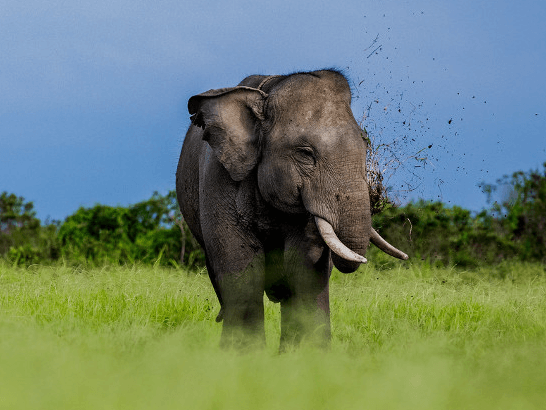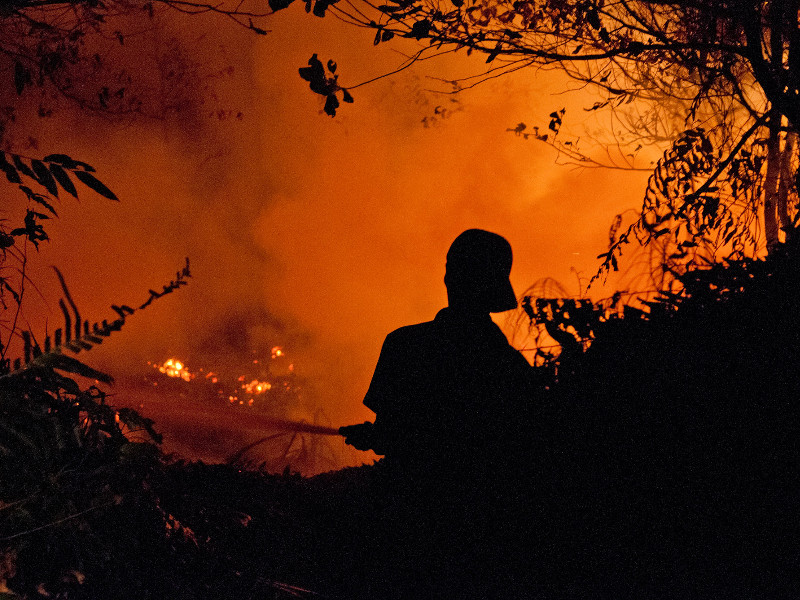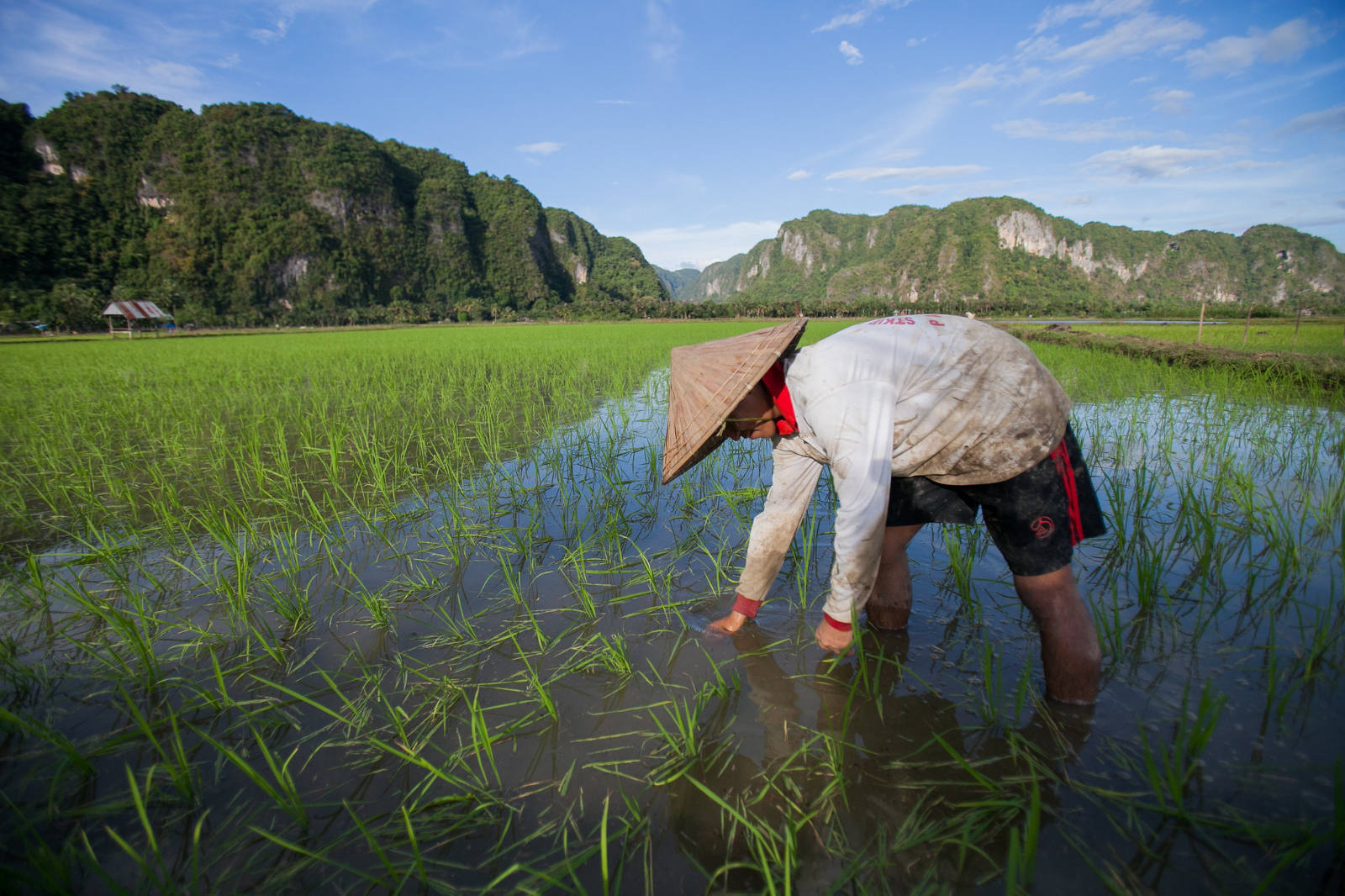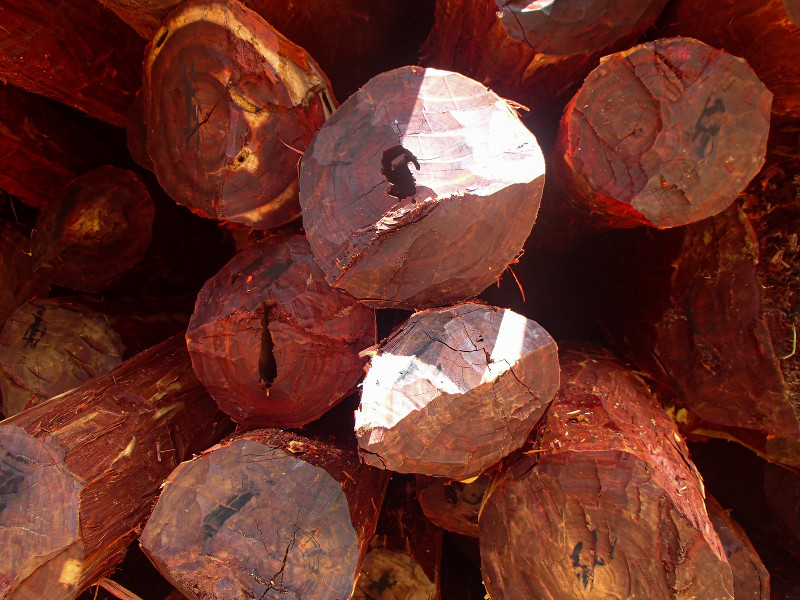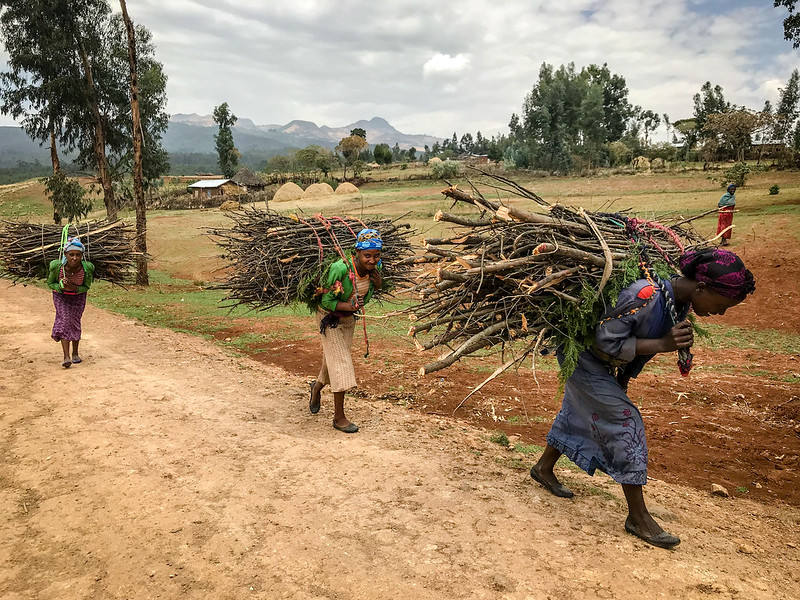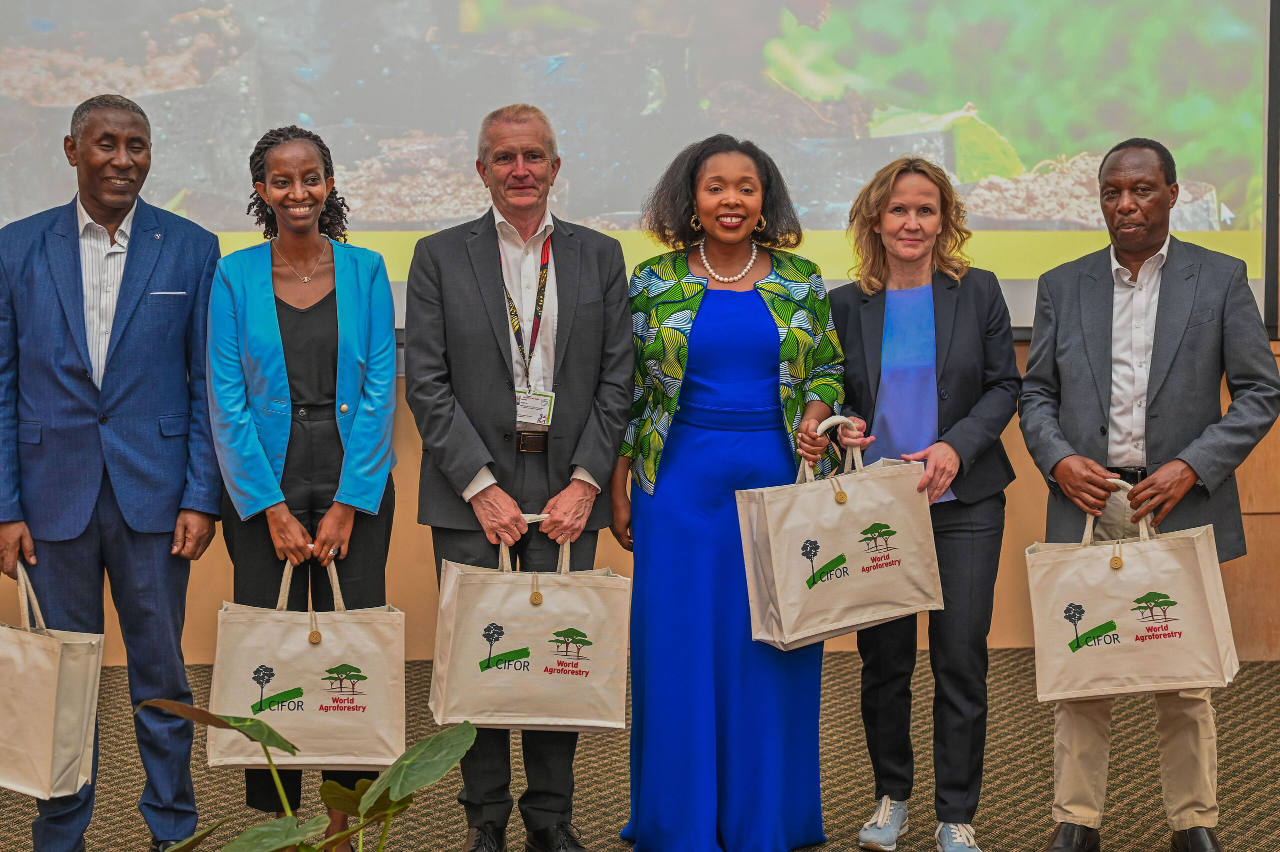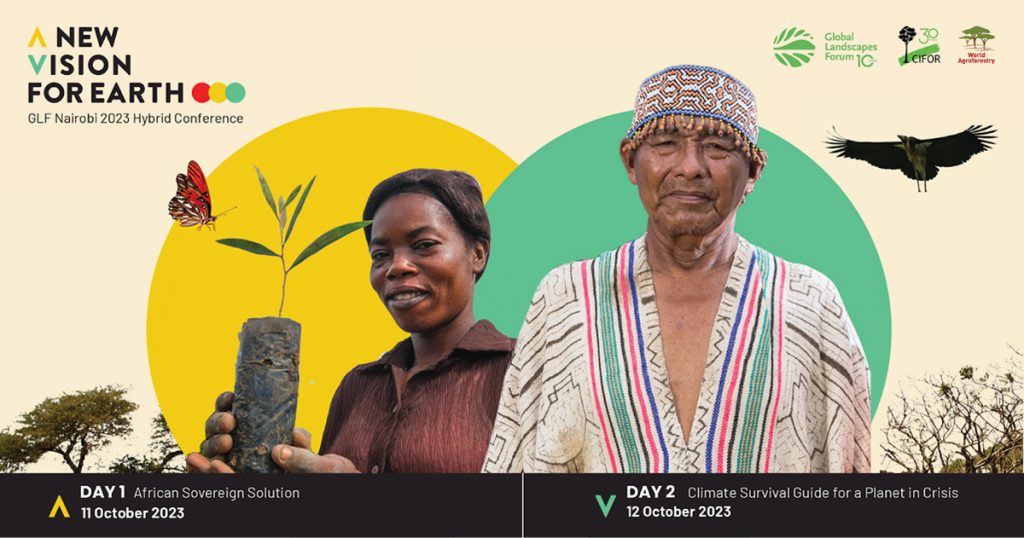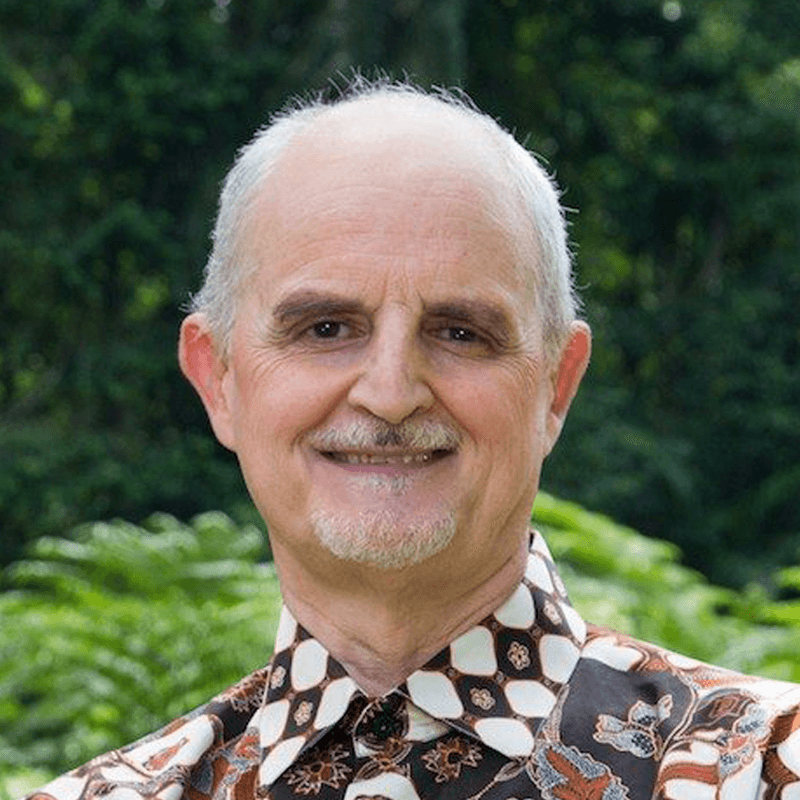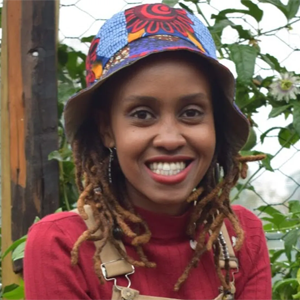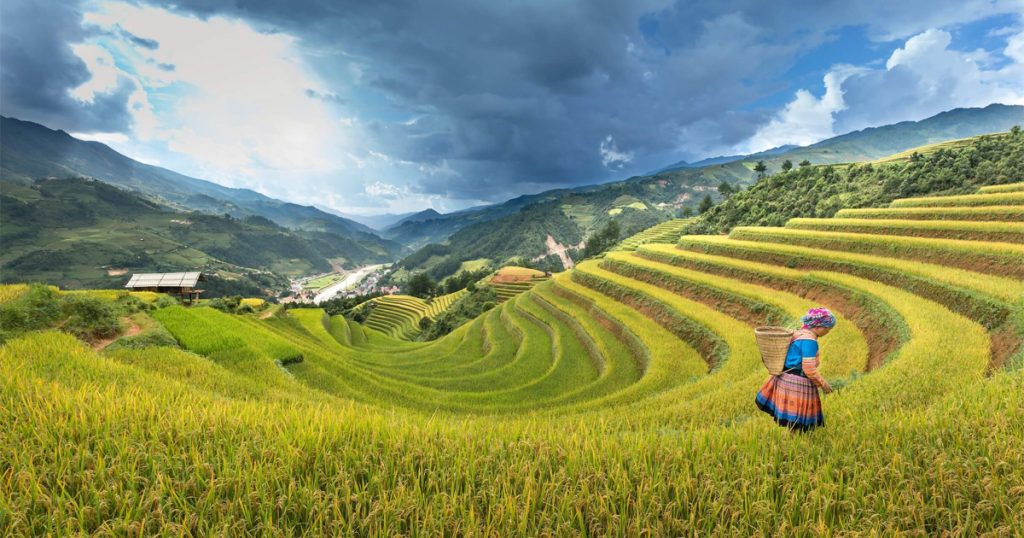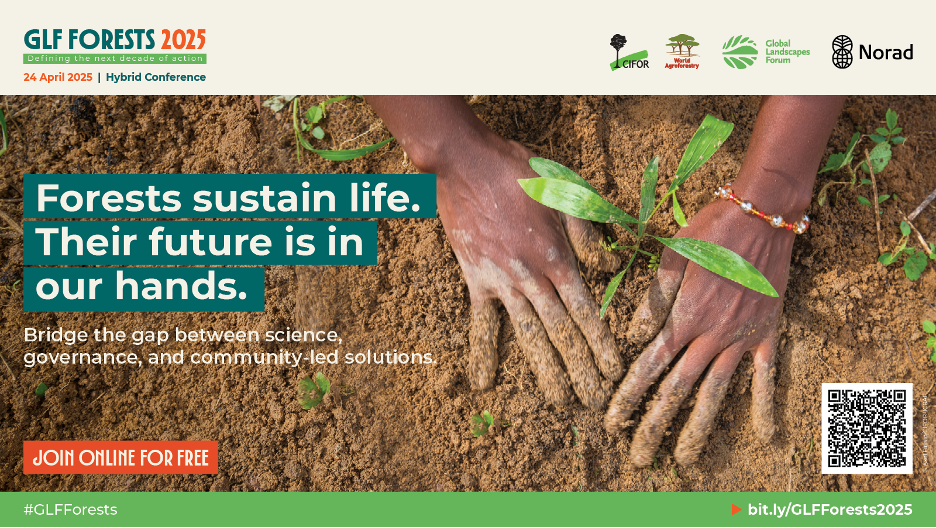
- Building on 30 years of research and expertise, CIFOR-ICRAF teams up with the Global Landscapes Forum to convene forest leaders from around the world
- GLF Forests 2025 will explore why these ecosystems are essential and why the coming decade is critical for conservation and sustainable land use
- This April everyone is invited to take part in this hybrid event and contribute to a resilient, productive and just future for forests worldwide
Bonn, Germany (16 April 2025) – Next week, GLF Forests 2025: Defining the next decade of action will put forests at the heart of the global agenda. The expert-led event will dive into forest-related policies, nature and climate finance, rights and a just transition, forest-based bioeconomies—from food and fiber to fuel—and the role of AI and other technologies in these ecosystems.
Scientists, practitioners, policymakers, financiers and youth and community leaders—convened by the Center for International Forestry Research and World Agroforestry (CIFOR-ICRAF) and the Global Landscapes Forum (GLF)—will envision the next decade of bold climate action, grounded in today’s best practices and prioritizing forest conservation, restoration and sustainable land use.
Highlighted speakers at GLF Forests 2025 on 24–25 April include:
Female leadership
- Éliane Ubalijoro, CEO of CIFOR-ICRAF and Director General of ICRAF
- Emem Umoh, Founder and Director of Women in Conservation (WINCO)
- Juliette Biao Koudenoukpo, Director, Secretariat of the United Nations Forum on Forests (UNFF)
- Subhra Bhattacharjee, Director General of the Forest Stewardship Council (FSC) International
Indigenous leadership
- Emmanuela Shinta, Dayak leader (Indonesia), activist, environmentalist, filmmaker and writer
- Diel Mochire Mwenge, North Kivu Provincial Director of PIDP (Integrated Programme for the Pygmy People Development in Kivu, DRC)
- Kristel C. Quierrez, Dumagat-Remontado youth leader in the Philippines and 2025 Mountains Restoration Steward
- Susy Gaby Díaz Gonzales, Indigenous lawyer and Executive Director of Bari Wesna Intercultural Association in Peru
Youth leadership
- Ngobi Joel, Co-founder of the School Food Forest Initiative, Uganda
- Shaik Imran, Co-founder of Prakheti Agrologics, India
- Theresa Klara Loch, President of the International Students Forestry Association (IFSA)
- Yanisse Torres, Forest Engineer and Peru Country Representative of YPARD
Brazil, host of the upcoming Climate COP30
- Alice de Moraes Amorim Vogas, Head of the Extraordinary Advisory Unit for COP30 at the Brazilian Ministry of Environment and Climate Change
- André Guimarães, Executive Director of IPAM Amazonia
- Célia Xakriabá, the first Indigenous woman to be elected Federal Deputy for Minas Gerais
- Garo Batmanian, Director of the Brazilian Forest Service and one of the architects of the Tropical Forests Forever Facility (TFFF)
Climate
- Anna Rynearson, Consultant at Climate Focus, and co-author of the Forest Declaration Assessment and the 2030 Vision: 2025 Priority Actions for Governments
- Aster Gebrekirstos, Leader of the Dendrochronology Laboratory at ICRAF
- Daniele Violetti, Senior Director and Programmes Coordinator at UNFCCC
- Hege Ragnhildstveit, Acting Director and Senior Adviser at Norway’s International Climate and Forest Initiative (NICFI)
Finance, livelihoods and policy
- Aaron J.M. Russell, Regional Sustainable Landscapes Lead at Global Green Growth Institute, Asia
- Deborah Sanchez, Indigenous Miskitu woman from Honduras, Director of the Community Land Rights and Conservation Finance Initiative (CLARIFI)
- Hermine Kleymann, Head of Policy of the World Wildlife Fund’s (WWF) International Forest Practice
- Joko Tri Haryanto, President Director of the Indonesia Environment Fund
Food and agriculture
- Amy Duchelle, Senior Forestry Officer and Team Leader in the FAO’s Forestry Division
- José J. Campos, CEO of the Sustainable Agriculture Network (SAN)
- Max Yamauchi Levy, Project Manager at EcoAgriculture Partners and member of the International and Latin American Model Forest Networks (IMFN and LAMFN)
- Paul Garaycochea, Director for Sustainable Supply Chains, Agricultural and Food Systems at the Federal Ministry for Economic Cooperation and Development (BMZ)
Science
- Amy Ickowitz, Leader of the Sustainable Landscapes and Livelihoods team at CIFOR-ICRAF
- Daniel Murdiyarso, Principal Scientist at CIFOR-ICRAF and President of the Indonesian Academy of Sciences
- Kristell Hergoualc’h, Senior Scientist in ecosystem functions at CIFOR-ICRAF
- Robert Nasi, Director General of CIFOR and Director of Science of CIFOR-ICRAF
Tech innovation
- Caroline Busse, Co-founder and CEO of Nadar
- Fred Stolle, Deputy Director of the World Resource Institute’s (WRI) Forest Program
- Richard Sufo, Coordinator of the RESSAC program with CIFOR-ICRAF, Cameroon
- Learn more about speakers here and explore the event’s agenda here.
GLF Forests 2025 is co-organized by CIFOR-ICRAF and the GLF. The event will welcome hundreds of participants in Bonn and online, with simultaneous interpretation in English, French, Portuguese and Spanish.
Register to join online or apply to attend in person: bit.ly/GLFForests2025
###
NOTES TO EDITORS
- If you will be in Bonn, Germany on 24–25 April, apply for an onsite media pass here
- Join GLF Forests 2025 online as media and receive all press updates, registering here
- Stay tuned to the conference updates and access additional information at our newsroom
- Find visual assets in our Trello board
- For more information, feel free to contact Kelly Quintero (k.quintero@cifor-icraf.org) in English, Spanish, French or Portuguese
ABOUT CIFOR ICRAF
The Center for International Forestry Research and World Agroforestry (CIFOR-ICRAF) harnesses the power of trees, forests and agroforestry landscapes to provide solutions to biodiversity, climate change and food security.
ABOUT THE GLF
The Global Landscapes Forum (GLF) is the world’s largest knowledge-led platform on integrated land use, connecting people with a shared vision to create productive, profitable, equitable and resilient landscapes. It is led by the Center for International Forestry Research and World Agroforestry (CIFOR-ICRAF), in collaboration with its co-founders UNEP and the World Bank, and its charter members. Learn more at www.globallandscapesforum.org.











